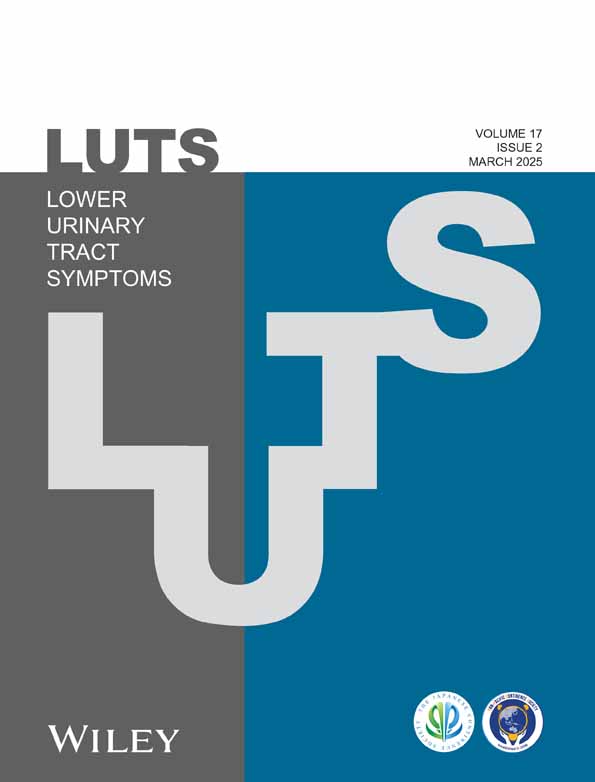Digit Length Ratio as an Indicator of Fetal Androgen Levels: Relationship to Prostate Volume-Related Men Lower Urinary Tract Symptoms
Funding: The authors received no specific funding for this work.
ABSTRACT
Objective
This study aimed to investigate the relationship between the 2nd and 4th digit ratios, which are associated with fetal androgen exposure, and prostate volume and testosterone levels, both of which are linked to lower urinary tract symptoms (LUTS).
Methods
Male patients presenting to our urology clinic with increased prostate volume and LUTS were categorized into two groups: those with BPH and those without (non-BPH). For both groups, the right-hand 2D:4D finger ratio, testosterone levels, prostate volume, uroflow parameters, and IPSS scores were recorded.
Results
The 2D:4D ratio, prostate volumes, Qmax, and IPSS scores differed significantly between the BPH and non-BPH groups (p = 0.023, 0.002, 0.000, 0.001). No significant difference was observed in total testosterone levels between the groups (p = 0.381). The 2D:4D ratio was negatively correlated with prostate volume and IPSS (r = −0.389, −0.308) and positively correlated with Qmax (r = 0.301).
Conclusions
Our study demonstrates that the 2D:4D ratio is a straightforward and effective tool for assessing BPH patients, as it correlates with the severity of LUTS symptoms. This non-invasive measure offers potential value in evaluating LUTS, and with age standardization, it could be applied more broadly across age groups. Further large-scale studies are needed to refine its standardization and expand upon current findings.
Conflicts of Interest
The authors declare no conflicts of interest.
Open Research
Data Availability Statement
The data that support the findings of this study are available from the corresponding author upon reasonable request.




